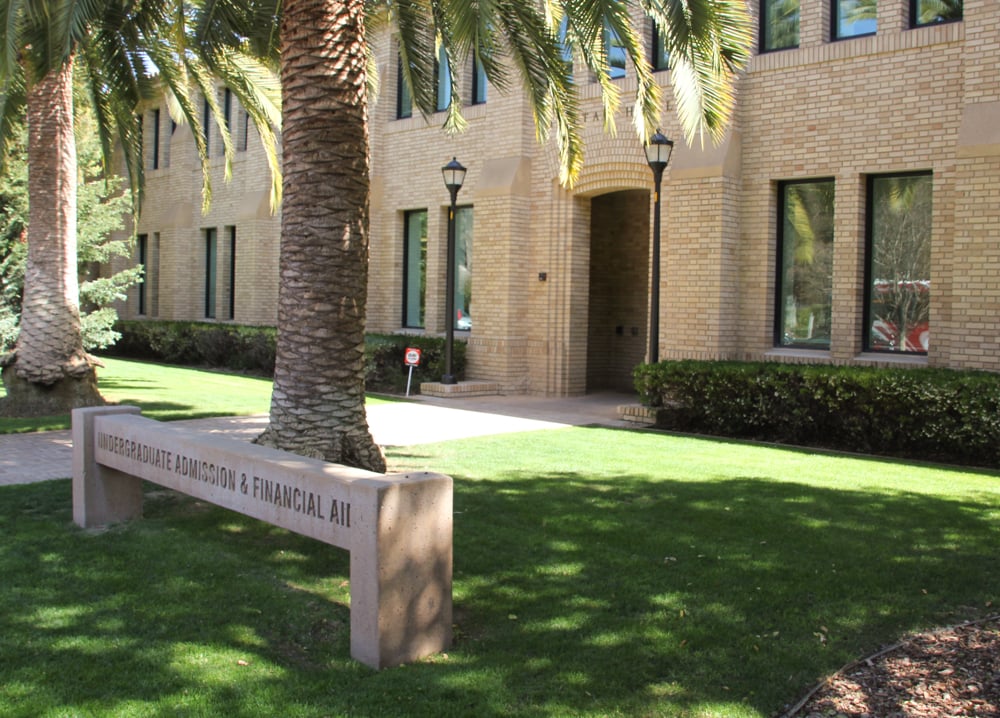With the 2020 presidential elections on the horizon, student loan debt has become a key point of discussion among Democratic presidential candidates. Many propose federal student loan forgiveness for some or all Americans, though they disagree on how to pay for it. Each of these policies would impact a different subset of Stanford students who graduate with federal loan debt.
Of Stanford’s class of 2019, 18% of students graduated with federal student loan debt, owing an average of $14,814. In comparison, 63% of graduates carry federal student loan debt nationwide, and the average graduate owes $28,500 — meaning student loan forgiveness would have a smaller, yet still significant, impact on the Stanford community.
Economics professor Luigi Pistaferri shared with The Daily his thoughts on some 2020 Democrats’ proposals.
Senator Elizabeth Warren proposes loan forgiveness of up to $50,000 for those earning less than $100,000 annually, funded by a 2% annual tax on families with $50 million or more in capital. According to the federal government’s college scorecard, the average Stanford graduate who received federal financial aid earns $94,000 annually one decade after enrollment at the University. Thus, the majority of Stanford graduates with federal student loan debt would qualify for forgiveness under this policy.
However, Pistaferri believes it could be difficult to enforce Warren’s proposed tax to fund loan forgiveness, as those who would be taxed have the means to avoid it.
“Paradoxically, enlarging the tax base and lowering the rate will probably be more successful in terms of revenues raised, but at the same time become much less politically viable (even among Democrats),” Pistaferri wrote in an email to The Daily.
Senator Bernie Sanders aims for complete forgiveness of all student loans, paid for by a tax on stock and bond trading. As the most extensive proposal among candidates, this would cancel federal student loan debt held by all Stanford graduates. Pistaferri wrote that he is “skeptical about Sanders’ proposal mostly for efficiency reasons.”
Former Secretary of Housing and Urban Development Julián Castro ’96 proposes student loan forgiveness for those who have received public aid, such as food stamps, for any three years within a five year period. Qualifications for receiving public assistance include income limits and other factors, and it is unclear how many Stanford graduates qualify for and access these services.
Regardless of the differences between proposed loan forgiveness programs, student loan forgiveness is projected to be widely beneficial — both for graduates and for the economy at large. Pistaferri described a “liquidity effect” in which graduates are able to hold on to more of their earnings and choose jobs that will benefit them more in the long term, rather than those that allow them to more quickly repay student debt.
“This means that a student debt forgiveness program may result in more efficient labor markets,” Pistaferri wrote.
Contact Stella Pagkas at stellapagkas ‘at’ gmail.com.
